
How Students Live in Different Countries Around the World: Overview of Dormitories with Cost of Living and Photos
The quality of a student dormitory can significantly impact the overall experience of studying abroad. Therefore, we believe that choosing a dormitory should be approached with utmost care. In this comprehensive guide, we address the following questions: What types of student housing are available? What is the standard process for securing a place in a student dormitory abroad? What do dormitories look like in different countries? Additionally, we’ve prepared a comparative analysis of student dormitories in five different countries.
Overview of the Student Housing Market
The student housing market is becoming a global asset: investment activity in the Purpose-Built Student Accommodation (PBSA) sector has significantly increased in recent years. However, despite the influx of international capital, the private sector and higher education institutions still cannot provide enough housing to meet student demand. For example, in the UK, the shortage exceeds 230,000 places; in Italy, it’s around 85,000 places, with plans to add approximately 28,000 beds in the coming years.
Key trends in the student housing market include:
- Demographics and the growing middle class are driving demand for student housing. Many campuses are unprepared for such an influx of applicants.
- The influx of international students further increases demand for student housing.
- Students seek affordable housing with functional amenities.
- Demand for single rooms and greater privacy is growing; some universities are increasing the proportion of single rooms in new projects.
- Universities are increasingly shifting student housing to single-occupancy models.
- The US and UK remain the most mature and largest PBSA markets by transaction volume; European markets (Germany, Netherlands, France, Italy, Spain) continue to grow despite high interest rates.
Why: reports from Savills/CBRE 2024–2025 highlight PBSA as a priority for investors in Europe, with active portfolio deals in the US (e.g., KKR—BREIT $1.64 billion in 2024).
What Are Student Dormitories Called in Different Countries?
Below are some common terms used to describe student housing:
- In the US, dormitories are typically called «dormitories» or «dorms.» Sometimes they’re referred to as «residence halls.»
- In the UK, they’re often called «halls of residence» or simply «halls.»
- In Germany, dormitories are called «Studentenwohnheim» (plural: Studentenwohnheime).
- In Australia, terms like «student accommodation,» «college accommodation,» or «residential colleges» are common.
- In New Zealand, they’re known as «halls of residence» or «halls.»
- In India, terms like «PG housing» (paying guest) or «student hostels» are used.
- In France, they’re called «résidences universitaires» or «cités universitaires.»
- In Japan, they’re known as 学生寮 (gakusei ryō) or 大学寮 (daigaku ryō).
- In China, dormitories are generally called 学生宿舍 (xuéshēng sùshè).
- In Spain, they’re called «residencias universitarias.»
Types of Student Dormitories Abroad and Their Features
Here, we explore various types of student dormitories abroad to help you understand your options and choose what suits your needs.
University Residence Halls
These dormitories are typically located on or near the university campus, providing easy access to lecture halls and other campus facilities.
Pros:
- Convenience: living within walking distance of academic buildings and libraries can be a significant advantage.
- Affordability: the cost of renting a room in a dormitory usually includes utilities, eliminating the need to worry about separate bills.
- Vibrant: dormitories often have a lively social scene, making it easy to meet new people and make friends.
Cons:
- You must adhere to rules, such as no overnight guests or noise restrictions after certain hours.
- Be prepared for potential conflicts arising from shared spaces like bathrooms and kitchens.
Private Student Housing
Private residential complexes for students are gaining popularity. They offer modern amenities like fully furnished apartments, fitness centers, and entertainment areas. Private complexes may be slightly more expensive than university dormitories but provide added comfort and convenience.
Pros:
- Privacy: having your own space is a major advantage if you prefer solitude or need a quiet place to study.
- Freedom: living in a private apartment means you can set your own rules.
Cons:
- Cost: renting a private apartment can be more expensive than dormitory living, especially when factoring in utilities and transportation costs.
- Isolation: living off-campus may make it harder to participate in campus life and meet other students.
Shared Apartments
Shared apartments are chosen by students who want independence from off-campus living while sharing costs. Each student has their own bedroom, but common areas like the kitchen and living room are shared.
Pros:
- Savings: sharing an apartment can be more affordable than living alone.
- Social life: living with other students provides opportunities for social interaction.
Cons:
- Shared responsibilities: you’ll need to coordinate household chores and bill payments with roommates.
- Potential conflicts: living together can lead to disagreements.
Homestays
Homestays can be arranged through universities or private agencies.
Pros:
- Cultural immersion: living with a local family allows you to experience the local culture and lifestyle.
- Language practice: if you’re studying in a country where you’re learning the language, living with a family provides daily practice.
Cons:
- More responsibilities: living with a host family means following their rules and daily routines.
- Limited privacy: you’ll have less personal space.
Specialized Housing
Some universities and organizations offer specialized housing for specific student groups, such as high-achieving students, athletes, or those in certain academic programs. These options cater to specific needs and interests.
Standard Process for Securing a Place in a Student Dormitory Abroad
Start your housing search early: It’s recommended to begin as soon as you receive your university acceptance letter.
Many institutions offer on-campus housing, often prioritizing international students.
Complete the necessary housing application forms. Be mindful of deadlines, which vary by university.
Prepare required documents, including proof of enrollment, passport, and visa documents, as they may be needed during the application process.
Understand the housing payment structure, including rent, security deposits, and any additional fees. Be prepared to pay a deposit to secure your place.
Specify your room preferences and any special requirements you may have.
Once your application is approved, you’ll receive a housing confirmation. Review the terms and conditions carefully.
Before arriving, familiarize yourself with information provided by the university or housing organization, including move-in dates, registration procedures, and items to bring.
Arrive on the designated day and follow the move-in instructions. Be punctual, as specific move-in times may be assigned.
In the EU, deadlines and allocation criteria for residences are often published through regional student agencies (e.g., Studierendenwerk in Germany; ESU in Italy). International students should allocate 3–6 months for housing searches and document preparation.
Comparative Analysis of Student Dormitories in 5 Countries
We analyzed student dormitories in five countries — the US, Germany, Poland, Italy, and Japan — based on key factors.
United States
Major owners of student housing in the US include Blackstone/ACC (the largest owner via American Campus Communities), Greystar, The Scion Group, Harrison Street, The Preiss Company, and others.
Average cost: on-campus living and dining average ~$12,986/year (≈$1,440/month for 9 months, including utilities). Off-campus private dormitories average ~$860/month per bed (varies by state).
Deadlines: published individually by each university; first-year students typically apply for housing alongside their admission offer (March—May for fall enrollment).
In the application, students specify room preferences. Each residence hall has its own name, profile, and unique characteristics.
Germany
Approximately 18% of students live in German dormitories; among international students, the share is higher, around 24% (varies by city).
Median cost: €300—€360/month for dormitories, including utilities; in Munich/Frankfurt, rooms in shared apartments (WG) or private housing often cost €600—€800+.
Students must apply for dormitory housing immediately after receiving their university acceptance letter via the local Studierendenwerk (student services agency). Applications are submitted online through the city-specific student union website.
Poland
Student dormitories in Poland are either public or private, depending on the university. For example, the University of Warsaw offers over 2,500 places in six dormitories across the city.
Typical price range: PLN 480—1,100/month (≈€110—€250) in university dormitories, depending on the institution; e.g., University of Warsaw: 480–1,100 PLN; AGH University: 490–580 PLN (for its students).
Private market: €500—€850 in Warsaw/Krakow (outside dormitories).
Application deadlines vary by program and university. For example, the University of Łódź typically sets deadlines by the end of July.
Italy
The number of international students in Italy is growing, and demand for PBSA exceeds supply. Public residences (ESU) are allocated competitively, with prices depending on income and status. A major advantage of studying at an Italian university is that it remains the easiest and most accessible way to relocate and obtain residency in the country.
Cost: Student housing is pricier in large cities. For example, annual rates at networks like Residenze Polimi (Milan) range from ~€5,335—6,545/year (≈€485—595/month) for single occupancy. In Padua, costs range from ~€135—420/month.
Universities publish annual calls for housing applications, detailing available places and application procedures. Deadlines vary by university and program, so always check with the institution for the most accurate information.
Japan
Around 76–79% of international students in Japan live in private housing due to limited dormitory spaces.
Average rent: ¥41,000 (≈€258) nationwide; in Tokyo, averages ~¥57,000 (≈€359). Monthly food expenses are estimated at ~¥25,000 (≈€160).
Students typically apply through their university’s housing office. Some universities assist international students with housing searches.
Certain universities set specific move-in dates and times for on-campus residents. After moving in, students must register with the local civic administration within 14 days.
Average Rental Costs: Comparative Table
|
Country |
Average monthly cost per bed/room |
|
USA |
$860 (dormitory bed). With meals, ~$1,440. |
|
Germany |
€300–360 (dormitory) / €600–800 (private housing in expensive cities). |
|
Poland |
PLN 480–1,100 (≈€110–250) public dormitories; private market significantly higher. |
|
Italy |
ESU: €135–420; Milan (university dormitories): ~€485–595 for single occupancy. |
|
Japan |
¥41,000 ≈ €258 (national average) / ¥57,000 ≈ €359 (Tokyo). |
Where to Look for Dormitories in Different Countries?
To explore and select dormitories in various countries, check specialized platforms:
International platforms:
- UniAcco: a global platform for booking premium student housing in over 10 countries with verified properties.
- Nestpick: offers hundreds of thousands of housing options with virtual tours.
- Uniplaces: an online platform for students to book housing from verified landlords.
- Spotahome: an online platform for medium- and long-term housing bookings.
- University Living: an AI-based platform helping students find housing near universities.
For Germany: contact the local Studierendenwerk, the official student services managing most dormitories.
What Do Dormitories Look Like in Different Countries? Photos
Note: this section features typical examples of student dormitories from various countries, including the Netherlands, Moldova, Poland, Germany, India, Italy, Hong Kong, and the Philippines. The photos showcase a variety of architectural designs and living conditions.
Netherlands
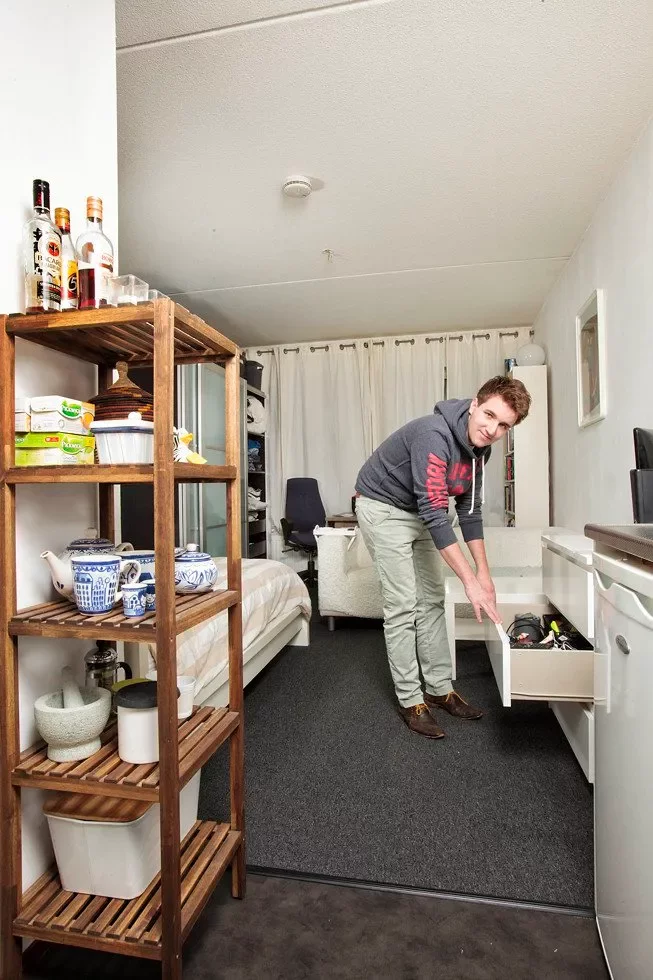
Moldova

Poland
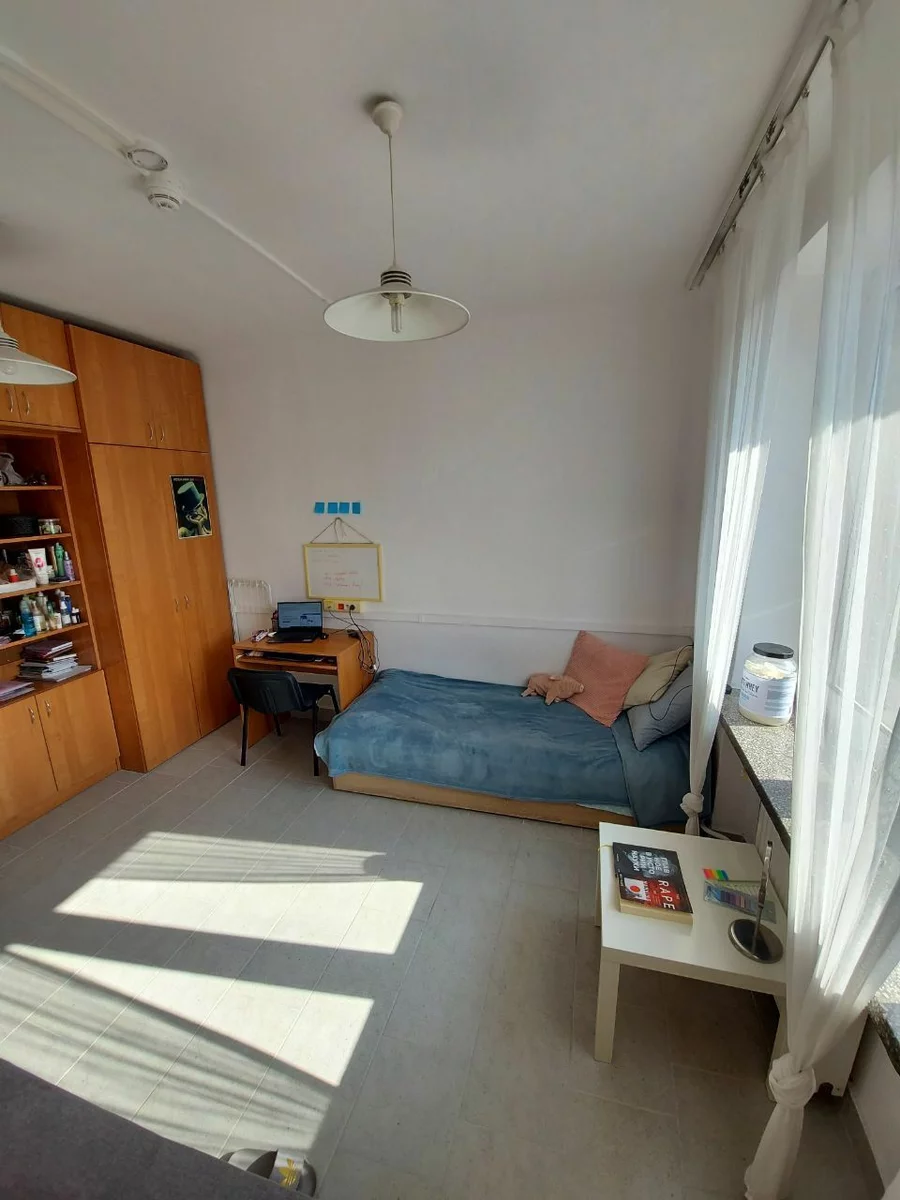
Germany
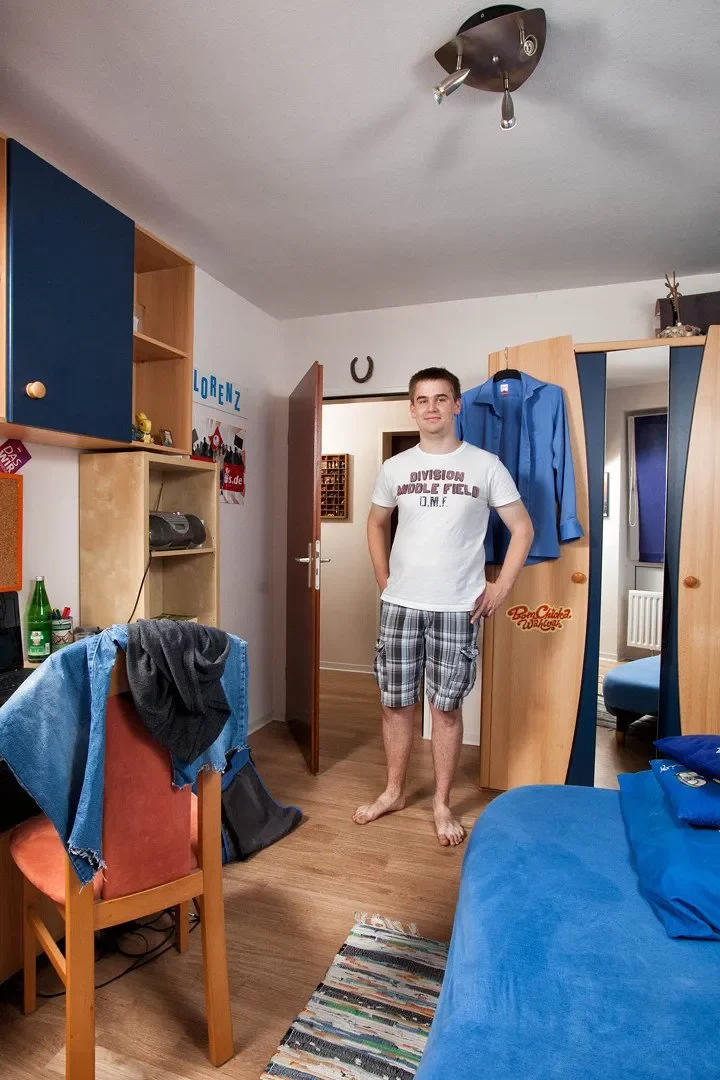
India
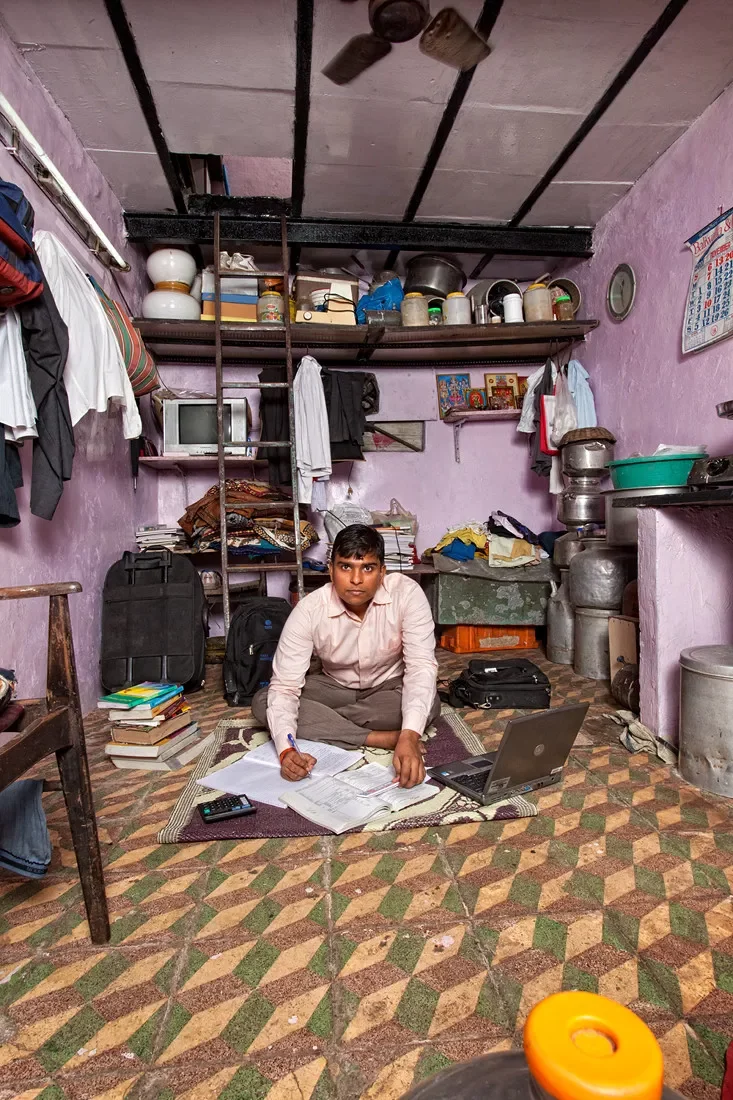
Italy
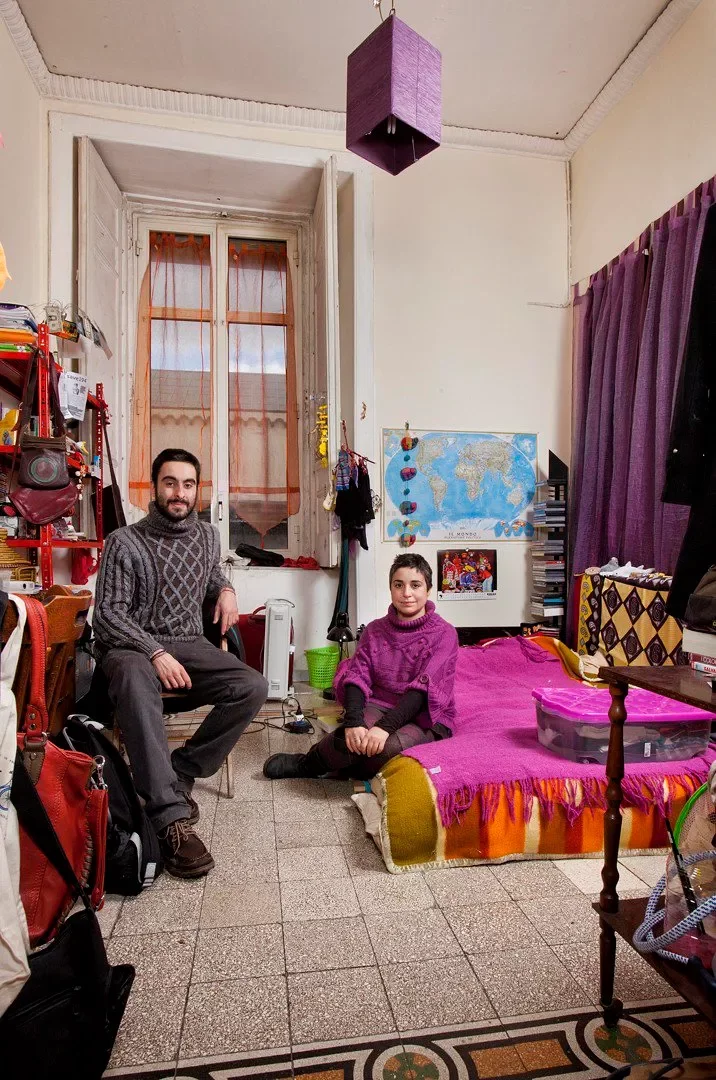
Hong Kong
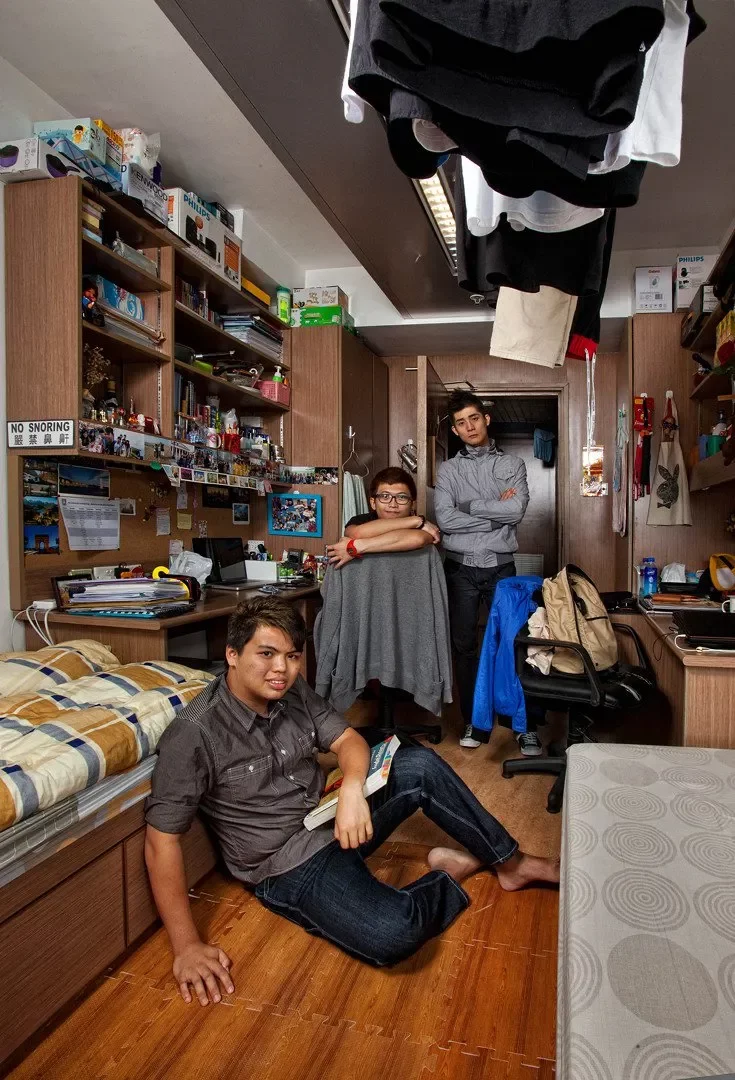
Philippines
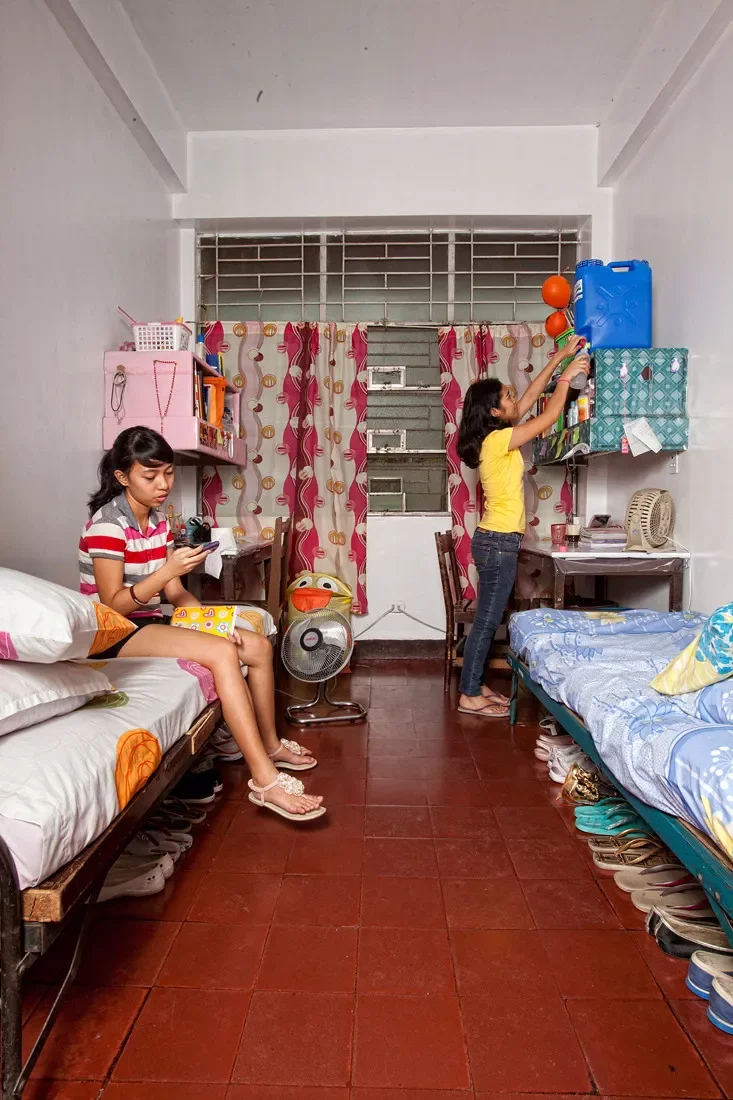
Sources by country: JASSO/Study in Japan (JP); Deutsches Studierendenwerk/regional Studierendenwerk (DE); UW/AGH (PL); ESU Padova and Residenze Polimi (IT); Education Data Initiative, RealPage, College Board (US); industry reports Savills/CBRE/Berkadia (PBSA).
Author
I am responsible for editorial work. I write expert interviews and guides.




















